메트뮤지엄 한국의 제기 특별전(Jegi: Korean Ritual Objects, 8/6-10/15, 2023)
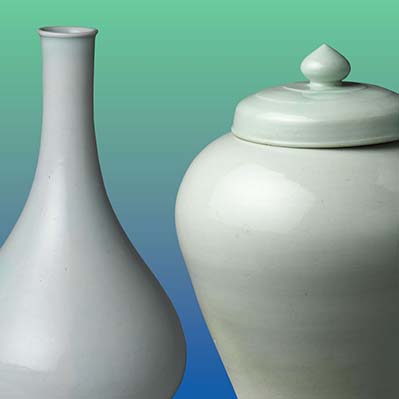
Jegi: Korean Ritual Objects
August 6, 2022 – October 15, 2023
The Met Fifth Avenue, #233
Rituals and customs help celebrate life’s milestones, remember the past, and mark time. In addition to their significance as social conventions, rituals often reaffirm state, governmental, and religious principles. In Korea, performing ancestral rites (jesa) is an enduring tradition that embodies respect for parents and the commemoration of ancestors, key tenets of Confucianism.
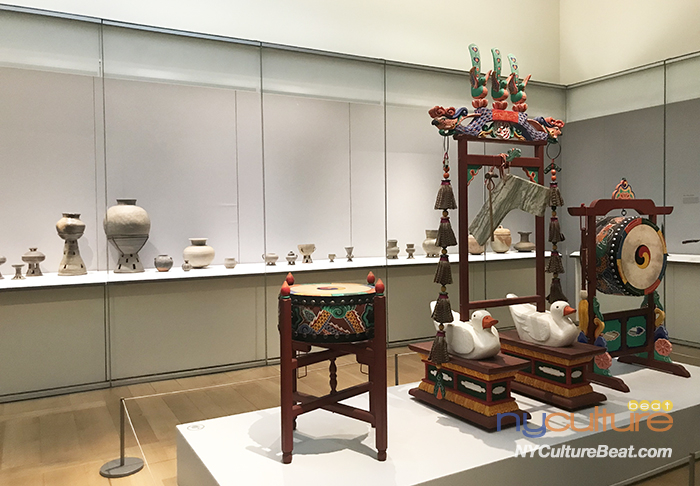
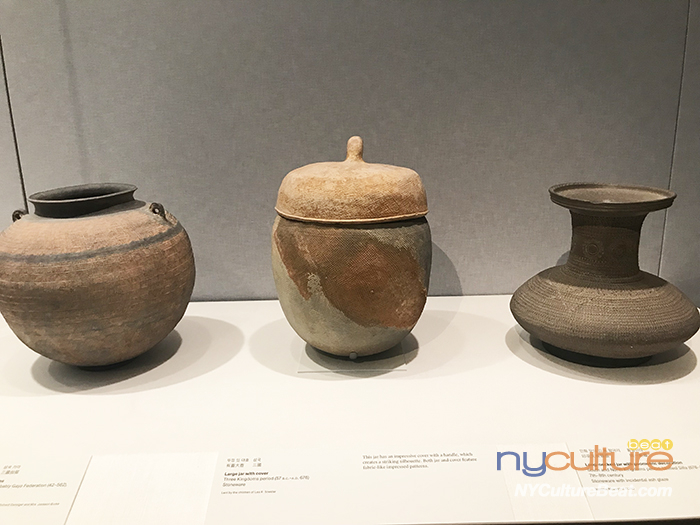
Jegi: Korean Ritual Objects
During the Joseon dynasty (1392–1910), Neo-Confucianism was the ruling ideology. People engaged in rituals on the birth and death anniversaries for ancestors upward of five generations, and on major holidays, such as the Lunar New Year and Chuseok (Harvest Moon Festival). Court ancestral rites became the bedrock of Joseon political life and were enacted on a grand scale that included musical and dance performances. A key feature throughout was a table bearing food and drink offerings presented on jegi, or ritual objects.
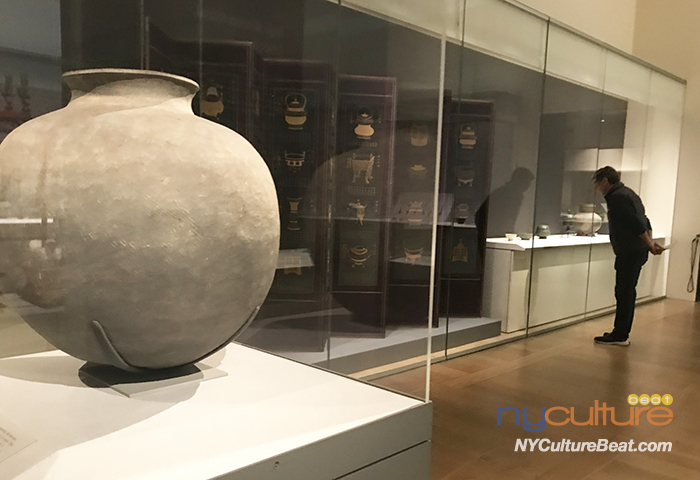
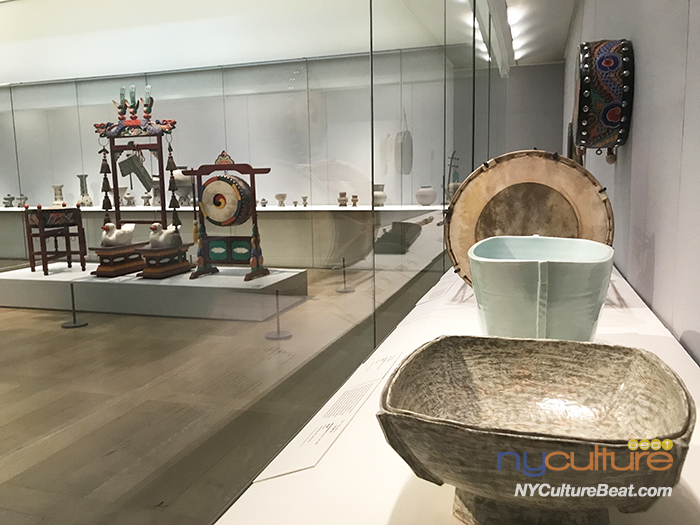
Jegi: Korean Ritual Objects
This exhibition features the various types of ritual vessels and accessories that were used for this purpose and entombed, as well as the kinds of musical instruments played at state events. Though the vessels’ shapes, sizes, and materials may differ, a persistent feature is elevation, either through a high foot or a pedestal. In contemporary Korean society, no longer constrained by prescriptive state rules, jegi inspire contemporary artists and influence the form of everyday tableware.
The exhibition is made possible by the Lady Dasher Sojo Fund.
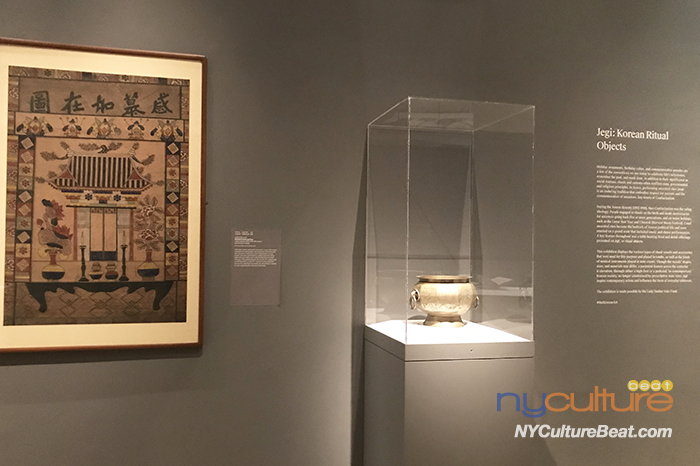
Jegi: Korean Ritual Objects




 안재희 웨이브힐 개인전 '애도의 메시지' Jae Hi Ahn, The Condol...
안재희 웨이브힐 개인전 '애도의 메시지' Jae Hi Ahn, The Condol...


